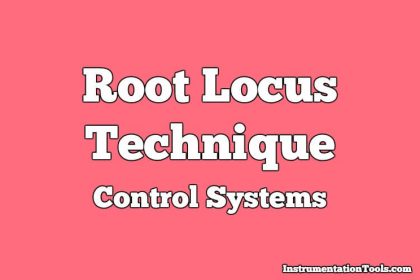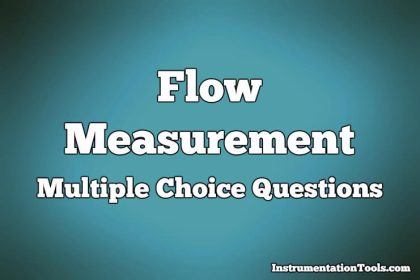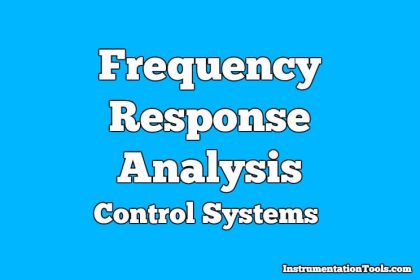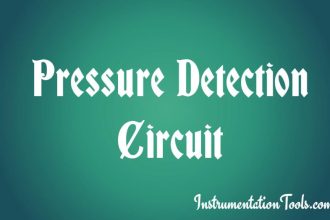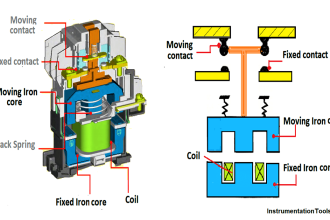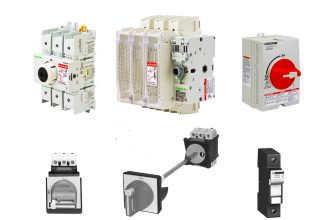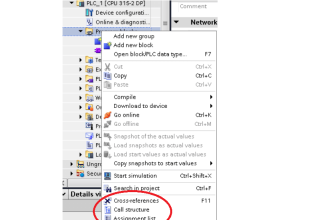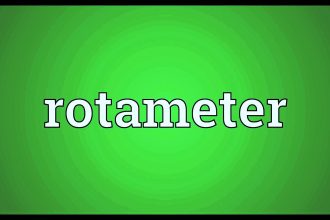Relative Stability Analysis MCQ
1. A system with unity feedback having open loop transfer function as G(s) = K(s+1)/s3+as2+2s+1. What values of ‘K’ and ’a’ should be chosen so that the system oscillates ?
a) K =2, a =1
b) K =2, a =0.75
c) K =4, a =1
d) K =4, a =0.75
Answer: b
Explanation: Solving Routh Hurwitz table whenever row of zero occurs, the roots are located symmetrically on the imaginary axis then the system response oscillates, a =1+K/2+K. If K =2 is consider then a =0.75.
2. The open loop transfer functions with unity feedback are given below for different systems. Among these systems the unstable system is
a) G(s) =2/s+2
b) G(s) =2/s(s+2)
c) G(s) =2/(s+2)s^2
d) G(s) =2(s+1)/s(s+2)
Answer: c
Explanation: 1+2/s^2(s+2) =0. The coefficient of‘s’ is missing. Hence the system is unstable.
3. Determine the stability of closed loop control system whose characteristic equation is s5+s4+2s3+2s2+11s+10=0.
a) Stable
b) Marginally stable
c) Unstable
d) None of the mentioned
Answer: b
Explanation: By Routh array s =0 and s =+j. It is having a pair of conjugate root lying on imaginary axis. System is marginally stable.
4. Determine the condition for the stability of unity feedback control system whose open loop transfer function is given by G(s) = 2e-st/s(s+2)
a) T >1
b) T <0
c) T <1
d) T >0
Answer: c
Explanation: G(s) =2(1-sT)/s(s+2)
By Routh array analysis, for stable system, all the elements of first column need to be positive T<1.
5.Determine the value of K such that roots of characteristic equation given below lies to the left of the line s = -1. s3+10s2+18s+K.
a) K>16 and K<9
b) K<16
c) 9<K<16
d) K<9
Answer: c
Explanation: In Routh array analysis the first column must be positive and after solving K<16 and K>9.
6. Consider a negative feedback system where G(s) =1/(s+1) and H(s) =K/s(s+2). The closed loop system is stable for
a) K>6
b) 0<K<2
c) 8<K<14
d) 0<K<6
Answer: d
Explanation: Using Routh array, for stability k<6.
7. The characteristic equation of a feedback control system is s3+Ks2+9s+18. When the system is marginally stable, the frequency of the sustained oscillation:
a) 1
b) 1.414
c) 1.732
d) 3
Answer: d
Explanation: Solve using Routh array and for the system to be marginally stable, K = -2. Polynomial for sustained oscillation w = 3 rad/s.
8. Consider a characteristic equation, s4+3s3+5s2+6s+k+10=0. The condition for stability is
a) K>5
b) -10<K
c) K>-4
d) -10<K<-4
Answer: d
Explanation: Solve Roth array for the system stable, -10<K<4.
9. The polynomial s4+Ks3+s2+s+1=0 the range of K for stability is _____________
a) K>5
b) -10<K
c) K>-4
d) K-1>0
Answer: d
Explanation: Solving using Routh array we get K-1>0 and is always negative for K>1.
10. The characteristic equation of a system is given by3s4+10s3+5s2+2=0. This system is:
a) Stable
b) Marginally stable
c) Unstable
d) Linear
Answer: c
Explanation: There is missing coefficient so system is unstable.

